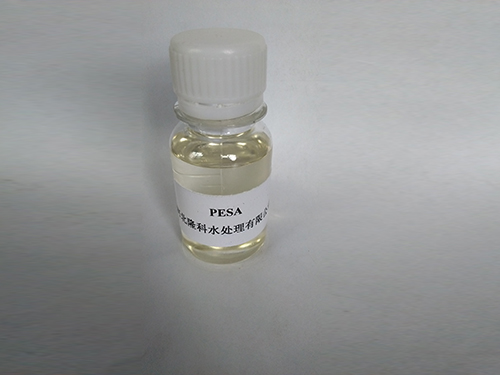Exploring the Applications and Benefits of Hydrolyzed Polymaleic Anhydride in Various Industries
Understanding Hydrolyzed Polymaleic Anhydride Properties and Applications
Hydrolyzed polymaleic anhydride (HPMA) is a derivative of polymaleic anhydride, a synthetic polymer known for its unique chemical and physical properties. This compound has garnered significant attention in various industries due to its versatility and effectiveness in a wide range of applications. This article delves into the properties, synthesis, and applications of HPMA, highlighting its importance in contemporary chemistry and industrial processes.
Properties of Hydrolyzed Polymaleic Anhydride
HPMA is characterized by its water-soluble nature and ability to form stable solutions. The hydrolysis of polymaleic anhydride involves the reaction of the anhydride groups with water, leading to the formation of carboxylic acid groups. This modification enhances the polymer’s solubility and reactivity, making it suitable for various applications. The resultant polymer lacks the high acidity of its anhydride counterpart, thus providing a more neutral pH environment, which is advantageous in sensitive applications such as pharmaceuticals and personal care products.
Moreover, HPMA exhibits excellent adhesion properties, particularly in formulations where bonding and coating are essential. Its molecular structure allows for effective interaction with a variety of substrates, enhancing its utility in adhesives and sealants. The polymer's stability under different environmental conditions, such as temperature fluctuations and varying pH levels, adds to its appeal in industrial applications.
Synthesis of HPMA
The synthesis of hydrolyzed polymaleic anhydride typically begins with the polymerization of maleic anhydride. This can be achieved through various methods, including thermal polymerization, which involves heating maleic anhydride to initiate the formation of polymaleic anhydride. Once the polymerization is complete, hydrolysis is performed by introducing water, leading to the formation of HPMA.
hydrolyzed polymaleic anhydride

Controlling the degree of hydrolysis is critical, as it directly impacts the properties and performance of the end product. Manufacturers often adjust the hydrolysis conditions to tailor the molecular weight and functionality of HPMA, optimizing it for specific applications.
Applications of Hydrolyzed Polymaleic Anhydride
HPMA finds a wide range of applications across several industries. One of the most prominent uses is in water treatment processes. Its ability to act as a dispersant helps prevent the aggregation of particles, enhancing the efficiency of various treatments. In cooling systems, HPMA is employed to control scale and corrosion, thereby extending the lifespan of equipment and reducing maintenance costs.
In the field of agriculture, HPMA is utilized as a dispersing agent in pesticide formulations. The polymer's compatibility with various active ingredients ensures an even distribution of the pesticide, improving its effectiveness and reducing the amount needed for application. This not only contributes to environmental sustainability but also enhances crop yield and protection.
Furthermore, HPMA is making inroads into the cosmetics industry, where it is used as a film-forming agent in lotions and creams. Its ability to create a smooth texture and improve the application feel makes it a sought-after ingredient in personal care products. Additionally, HPMA's biocompatibility allows for its use in drug delivery systems, aiding in the controlled release of pharmaceuticals within the body.
Conclusion
Hydrolyzed polymaleic anhydride is a multifunctional polymer with significant industrial relevance. Its unique properties, such as water solubility, excellent adhesion, and stability, make it an invaluable resource across various sectors, including water treatment, agriculture, and cosmetics. As research continues to explore and expand upon its potential, HPMA is poised to play an increasingly vital role in the development of innovative solutions for modern challenges. The future of HPMA looks promising, and its applications are likely to evolve further, embracing the growing demands of sustainability and efficiency in various fields.
-
Understanding Polycarboxylic Acids: Properties, Applications, and Future PotentialNewsJul.28,2025
-
Scale Inhibitor Explained: How to Protect Your System from Limescale and Hard Water DamageNewsJul.28,2025
-
Scale and Corrosion Inhibitors: Essential Chemicals for Industrial Water System ProtectionNewsJul.28,2025
-
Polyaspartic Acid: A Biodegradable Polymer for Sustainable ChemistryNewsJul.28,2025
-
Isothiazolinones: A Versatile Antimicrobial Class with Industrial Power and Regulatory ChallengesNewsJul.28,2025
-
A Deep Dive into 2-Phosphonobutane-1,2,4-Tricarboxylic Acid (PBTC)NewsJul.28,2025





